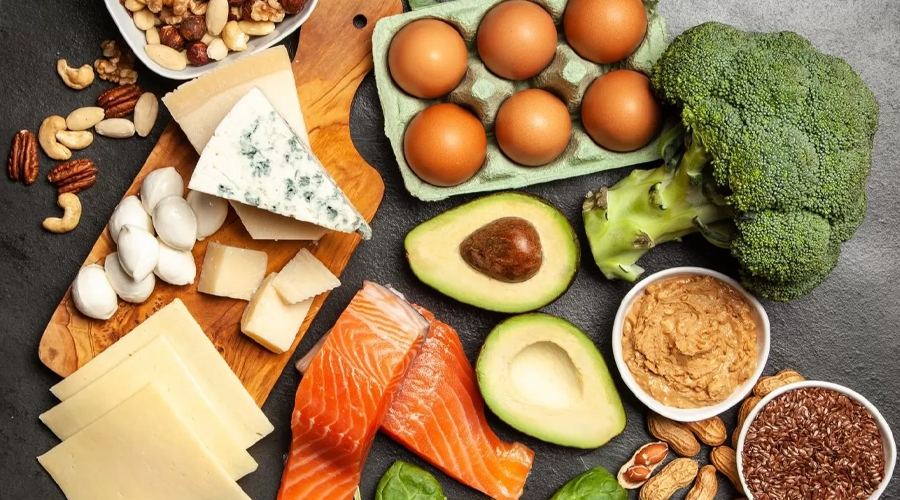
The ketogenic diet is becoming increasingly popular among those interested in weight loss and a healthy lifestyle. This diet primarily focuses on low-carbohydrate, high-fat, and moderate-protein foods. In this article, we will introduce the basic principles of the ketogenic diet, the most important things to know, and common mistakes to avoid in the early stages.
What is the ketogenic diet?
The essence of the ketogenic diet is to shift the body from using glucose (sugar derived from carbohydrates) to using energy obtained from fats. This process, known as ketosis, occurs when carbohydrate intake is minimized (typically to 20-50 grams per day), and the body begins breaking down fats into ketone bodies, which are used as an energy source.
The basic principles of the ketogenic diet
- Low carbohydrate intake: the main feature of the ketogenic diet is a drastic reduction in carbohydrate intake. This means avoiding high-carb foods such as bread, pasta, rice, potatoes, sweets, and certain fruits.
- High fat intake: instead of carbohydrates, fats become the primary energy source. Healthy fats, such as avocado, olive oil, nuts, butter, and fatty fish, form the foundation of the ketogenic diet.
- Moderate protein intake: protein intake should not be excessive, as too much protein can hinder the achievement of ketosis. Typically, 20-25% of daily calorie intake comes from protein.
How to start the ketogenic diet
- Educate yourself: before starting the ketogenic diet, it’s important to thoroughly educate yourself on the basics, benefits, and risks of the diet. It’s advisable to consult a nutritionist or doctor, especially if you have any health concerns.
- Plan your meals: initially, it’s helpful to create a weekly menu consisting of low-carb, high-fat, and moderate-protein meals. It’s important to ensure that your daily carbohydrate intake does not exceed the recommended amount.
- Start gradually: transitioning to the ketogenic diet can be challenging for the body at first. Gradually reduce your carbohydrate intake to help your body adjust to the changes more easily.
- Stay hydrated and replenish electrolytes: in the early stages of the ketogenic diet, the body loses more water, so it’s crucial to maintain adequate fluid intake and replenish electrolytes. Drink enough water and consume salt and minerals such as magnesium and potassium.
Common mistakes to avoid
- Consuming too much protein: as mentioned earlier, excessive protein intake can prevent ketosis. Be mindful not to make your diet too protein-heavy.
- Not eating enough fat: many beginners are afraid of fats, but consuming enough fat is essential for the success of the ketogenic diet. If you don’t get enough fat, your body won’t efficiently switch to ketosis.
- Insufficient electrolyte intake: during the ketogenic diet, the body loses more salt and minerals, so it’s important to replenish them. If you don’t pay attention to electrolyte intake, you may experience symptoms known as the “keto flu” (fatigue, headache, irritability).
- Impatience: achieving ketosis can take time, and it doesn’t happen at the same pace for everyone. It’s important to be patient and not give up if results aren’t immediate.



